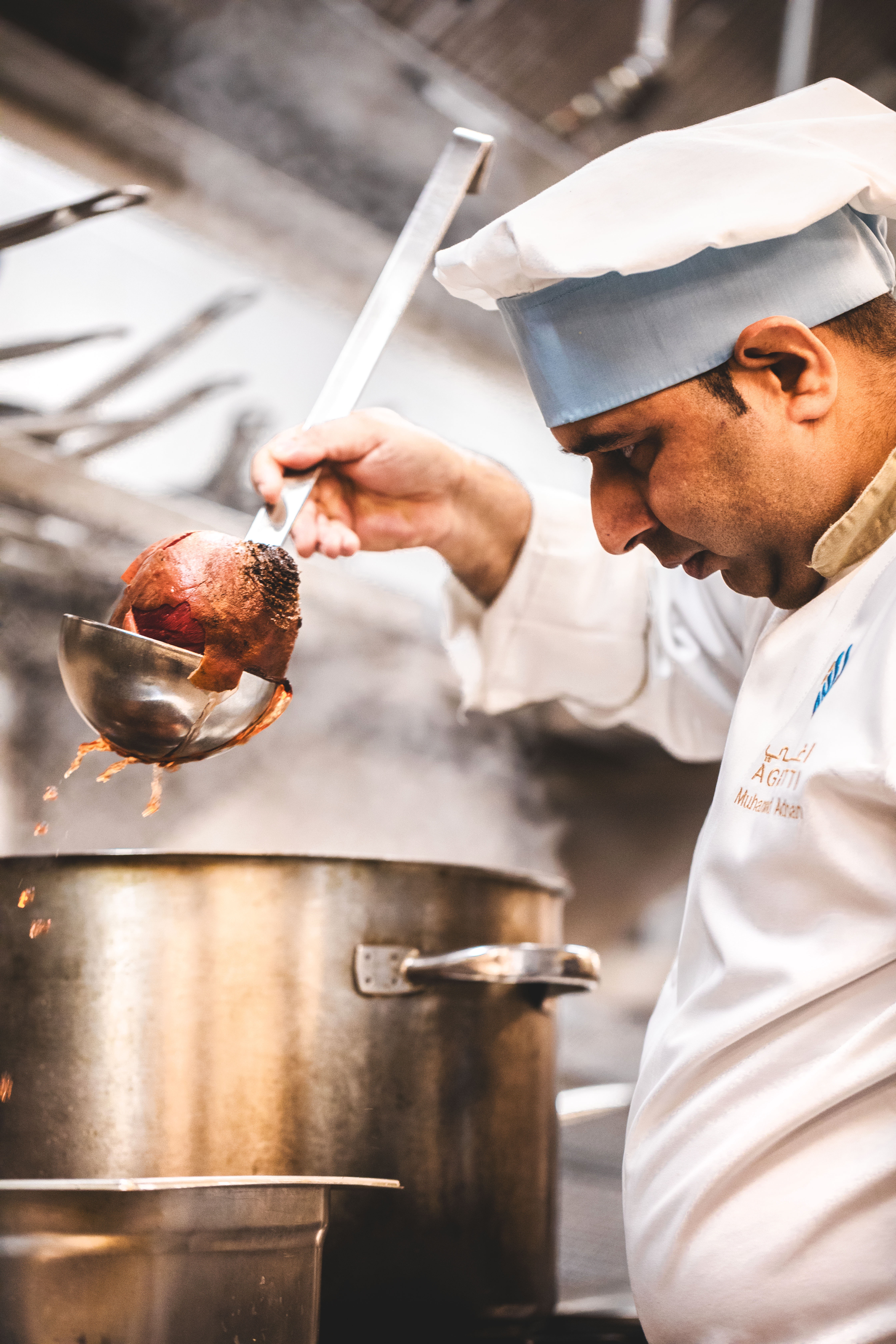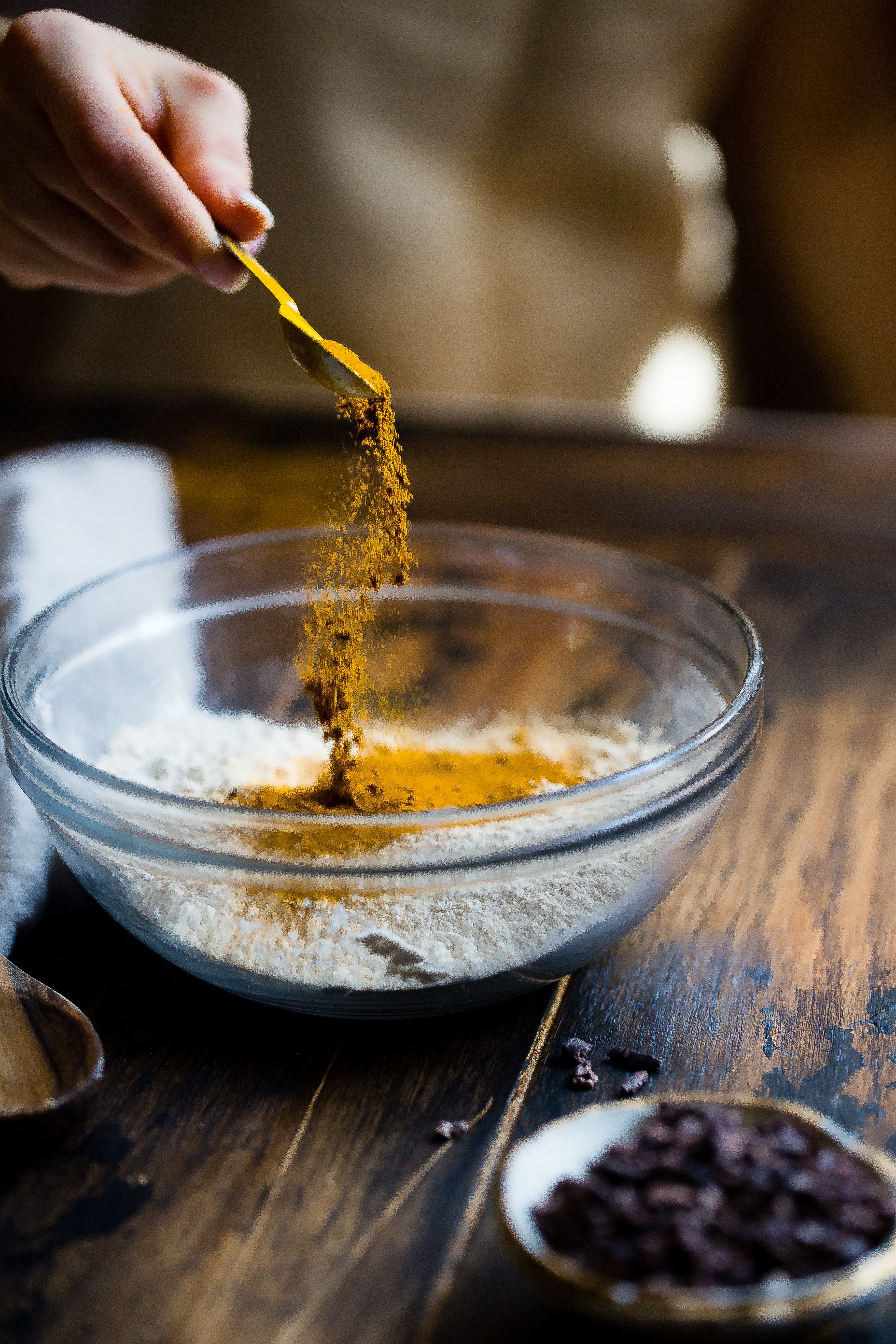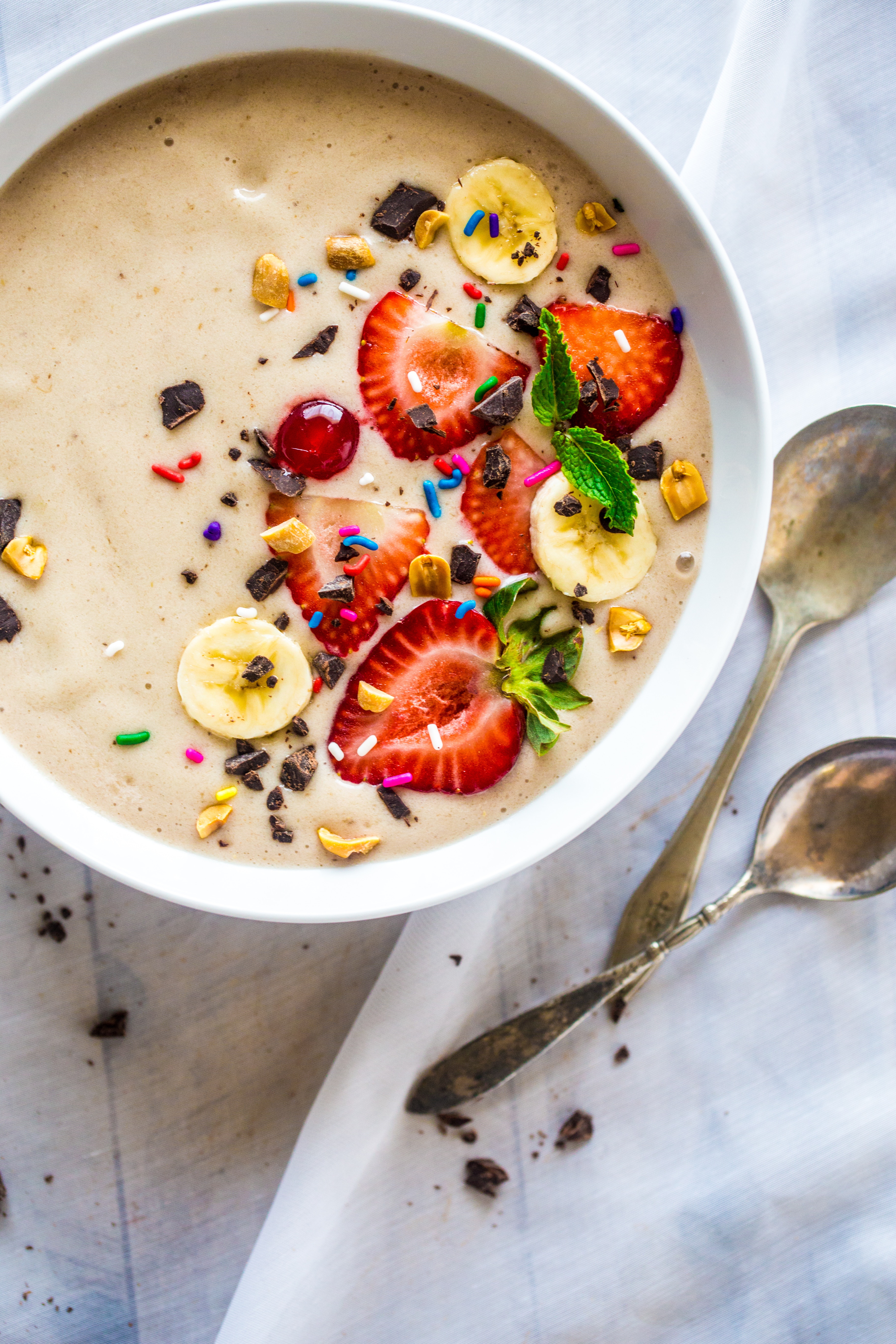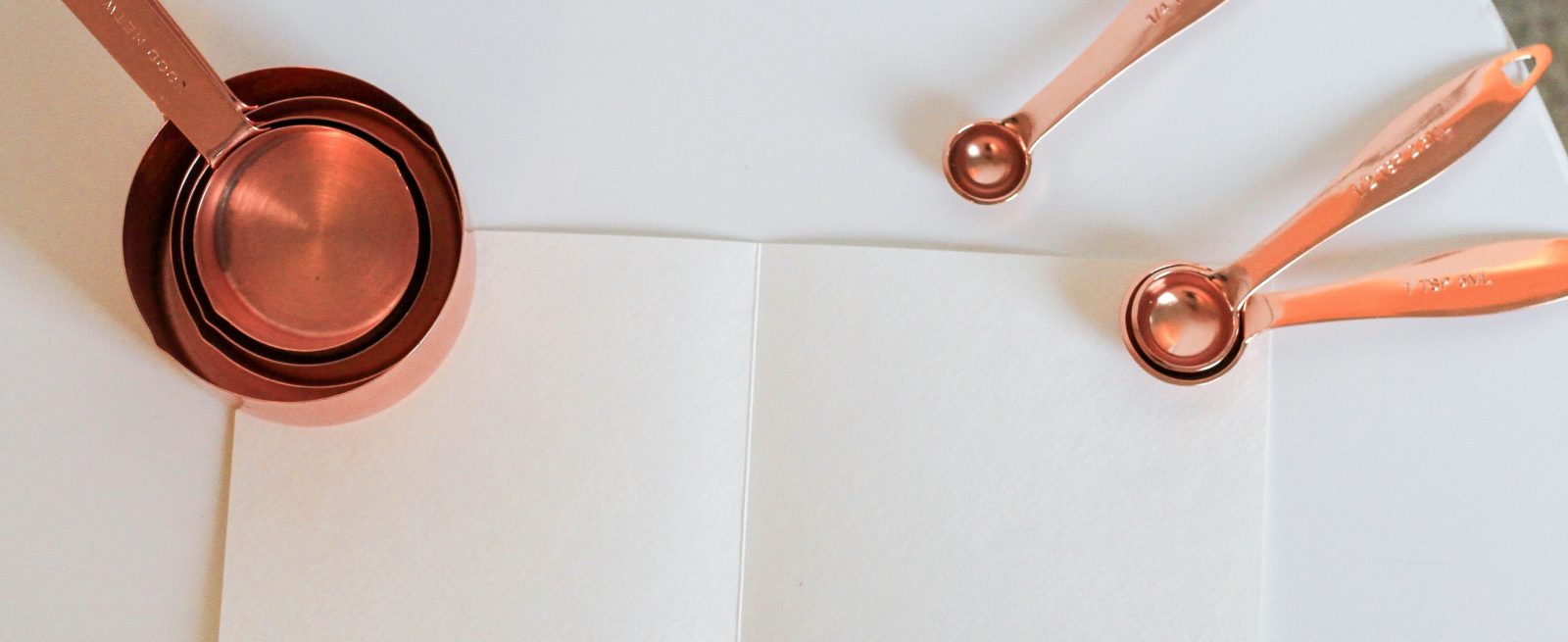Tips and Tricks for Protecting Your Recipes
5 Min Read By Jennifer Wang
A hot new restaurant launches, and everyone is raving about that one special dish. Maybe it’s a new technique for crafting the creamiest macaroni and cheese or the fluffiest pizza dough. Perhaps it’s even grandma’s gooey chocolate-chip-cookie recipe. The restaurant rides the wave of success for a few months, and then disaster falls. A formerly trusted chef absconds with the recipe and opens a competing restaurant across town. Or, an adversary reverse engineers the product and starts selling it in supermarkets.
What could these restaurant operators have done to better protect their most valuable asset?
Unfortunately, recipes are infamously challenging to protect. Many traditional methods for protecting other forms of intellectual property, like a technological innovation or clothing design, fall short. Here, we take a look at trademark, copyright, patent, and trade secret law, and evaluate the drawbacks and benefits of each for protecting recipes.
Trademarks
A trademark is a word, phrase, symbol, or design that identifies the source of a good or product.[1] Trademarks are best used for creating and establishing a brand, and can be used to help prevent competitors from stealing the name of your famous dish. However, they do not protect the component parts of a recipe.

Copyright Law
Copyright law is designed to protect original works in any “tangible medium of expression.”[2] Copyright protection attaches immediately to eligible original works. Unfortunately, copyright law does not afford protection to “procedures” or “processes.”[3]
At the turn of the century, courts flirted with the idea that recipes could be protected through copyright law. For example, in Fargo Mercantile Co. v. Brechet & Richter Co., 295 F. 823 (8th Cir. 1924), the court found that a bottle label containing recipes could by copyrighted. But, as the law continued to evolve, courts came to view recipes as little more than a “statement of facts” (the list of ingredients) and a set of instructions, falling precisely within the bounds of unprotected procedures or processes.[4] Today, it is widely accepted that copyright law affords scant protection for recipes.
Patent Law
Patent law is designed to promote science by securing, for a limited time, an inventor’s exclusive right to protect his or her discoveries.[5] Unlike copyright protection, which is automatic, an inventor must file a patent application with the United States Patent and Trademark Office to receive patent protection. Also unlike copyright law, which courts have largely rejected as a method for protecting recipes, patent law can be used to protect a recipe in certain, special circumstances.
To merit patent protection, the recipe (or more frequently, the cooking technique) must be both novel and non-obvious. It must be unique. The test has been framed as follows: would your recipe be “obvious to someone skilled in the art of cooking?”[6] Patent protection has worked well to protect recipes for things that are mass produced, like cheese or food additives, or innovative cooking techniques, like ready-to-eat baking dough.

Because of the high standard of originality that is required to obtain patent protection, recipes rarely qualify, especially if they use relatively common ingredients.[7] And, because only the inventor him-or-herself can apply for a patent, it is not useful for protecting family heirloom recipes.[8]
Even if you are successful in meeting these strict guidelines, patent protection has two important drawbacks. For one, patent protection is not indefinite, but only lasts between 15 and 20 years (depending on the type of patent). For the average restaurant, 20 years is a very long time, but for products that are intended for distribution on the mass market, 20 years suddenly seems much shorter. Additionally, patent protection is only given in exchange for public disclosure of your invention or recipe. So, although a patent-holder gains the benefits of protection, he or she also loses any modicum of secrecy once the 20 years have elapsed.
Trade Secrets
A trade secret is information that: (i) derives economic value from not being generally known to others; and (ii) is the subject of efforts that are reasonable under the circumstances to maintain its secrecy.[9] Unlike patent protection, there is no formal application process for designating something a protectible trade secret. Instead, one typically won’t know whether a product merits trade secret protection until that question is litigated in court.
Trade secret protection has worked remarkably well for several well-known products—Coca Cola, KFC, and Mrs. Field’s cookies, to name a few. Had any of those companies sought patent protection, they would have received protected status for a limited time, after which their recipes would have been made available to the public.

One of the drawbacks of trade secret protection for recipes is the risk of reverse engineering. Unlike patent protection, there is no recourse in trade secret law against someone who recreates a recipe through trial and error.[10] A trade secret holder only has recourse against those who share the trade secrets without permission.[11]
So, what should you do to protect your greatest asset? With copyright law and trademark protection offering limited utility, your best bet is to protect your recipe as a trade secret or apply for patent protection, if your recipe or cooking technique is sufficiently unique.
If you seek patent protection, consider requesting that the submission be marked as confidential so that, if denied, you can continue to protect your product as a trade secret.[12]
And, if you decide to go the trade secret route, remember that if this is ever litigated, a court will be called upon to determine whether you undertook reasonable efforts to make sure that your recipe stayed mum. Depending on the circumstances, this includes, but is certainly not limited to, disclosing the recipe to as few vendors or employees as possible, requiring that everyone involved in the creation of your product sign a confidentiality and non-disclosure agreement, advising employees of the existence of a trade secret, and training employees on protecting that trade secret. If you have multiple locations, consider prepackaging and distributing discrete components of your recipe from one central location, to minimize the number of people who need to be “in the know.”
With some foresight and planning, and by implementing procedures before disclosing your precious recipes, you can take important steps to avoid the disaster of a lost or stolen recipe.
[1] Trademark, Patent, or Copyright? United States Patent and Trademark Office, https://www.uspto.gov/trademarks-getting-started/trademark-basics/trademark-patent-or-copyright.
[2] 17 U.S.C. § 102(a).
[3] 17 U.S.C. § 102(b).
[4] Publications Intern., Ltd. v. Meredith Corp., 88 F.3d 473, 480 (7th Cir. 1996).
[5] U.S. Const. art. 1, § 8, cl. 8.
[6] Mark Levy, Can I Patent a Food Recipe?, Inventorprise (2014), http://store.inventorprise.com/content_articles.php?id=1049.
[7] Malla Pollack, Intellectual Property Protection for the Creative Chef, or How to Copyright A Cake: A Modest Proposal, 12 CARDOZO L. REV. 1477, 1482 (1991).
[8] Morgan P. Arons, A Chef's Guide to Patent Protections Available for Cooking Techniques and Recipes in the Era of Postmodern Cuisine and Molecular Gastronomy (2015) 10 J. Bus. & Tech. L. 137, 141; Levy, supra note 6.
[9] Unif. Trade Secrets Act § 1.
[10] Kewanee Oil Co. v. Bicron Corp., 416 U.S. 470, 476 (1974).
[11] Id.at 475.
[12] 35 U.S.C. § 122(b)(2)(B)(i).


